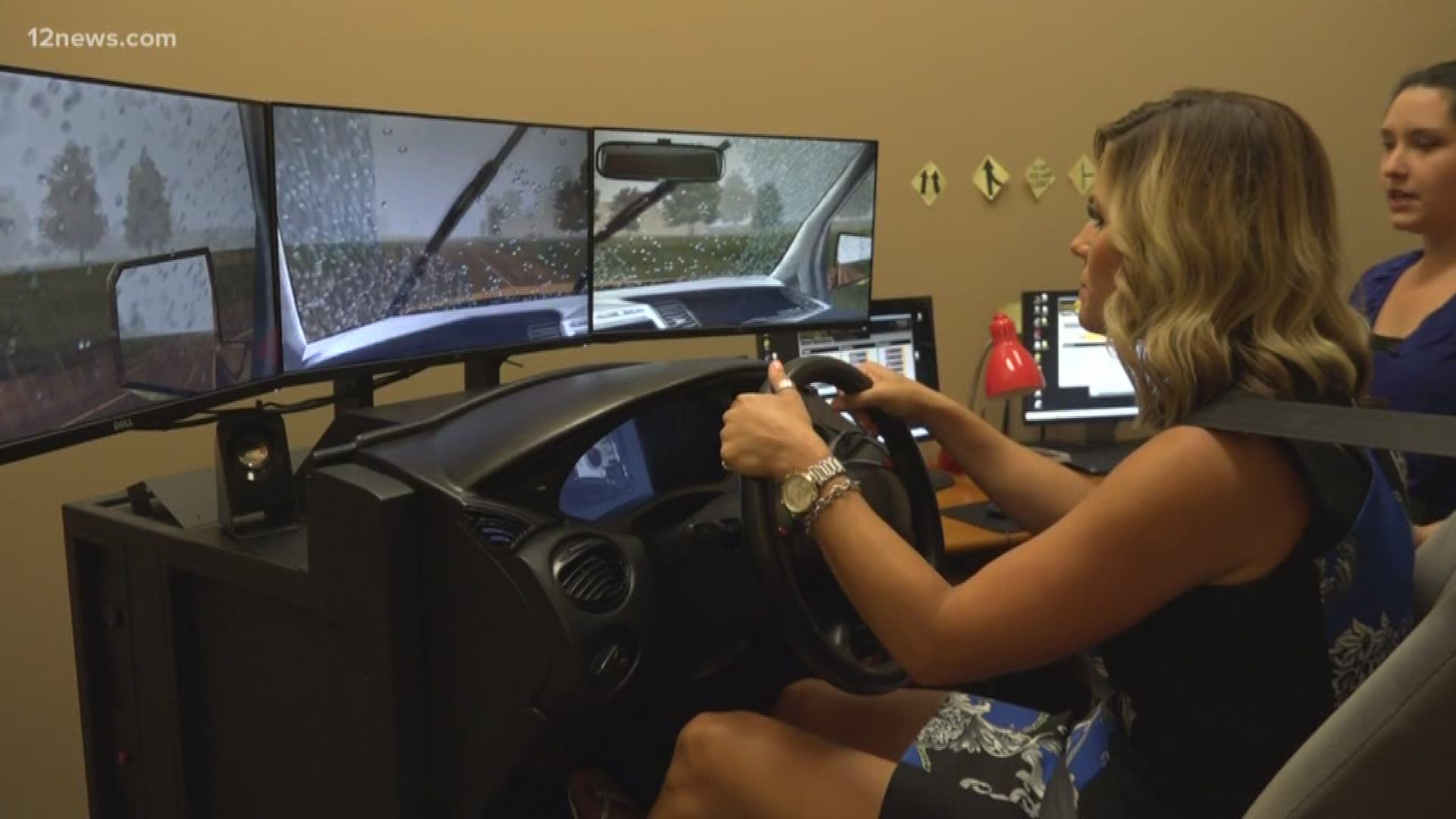Anyone who has ever been stuck on the road during one of Arizona's giant dust storms knows visibility is pretty much nonexistent.
And if you can't see where you're going, well, that obviously becomes a dangerous issue on the road for you and your fellow drivers.
Waymo referred to visibility as the "greatest performance limitations" when it comes to navigating the road during severe weather conditions. The company says its technology has the potential to improve upon a lack of visibility in these conditions and "see" when the human eye can't.
Waymo vehicles are designed to "automatically" detect when there are sudden and extreme changes to the weather, according to a company blog post by Waymo's Chief Safety Officer Debbie Hersman.
"Self-driving cars need to be able to drive in a variety of conditions," Waymo Hersman wrote. "We design, test, and continuously improve our system so it will be able to work safely and reliably in the toughest environments."
The company ran a weather test in one of Arizona's dust storms. In a video showing the test run, the self-driving vehicle was able to detect a person crossing the street despite the camera's visibility being limited by the storm.
"Using radar and lidar, we are designing our system to help detect other road users in a haboob, even when camera visibility is limited," Hersman wrote.
According to Hersman, Waymo's self-driving cars are designed to come to a safe stop if weather conditions become too severe and will remain stopped until conditions improve.

